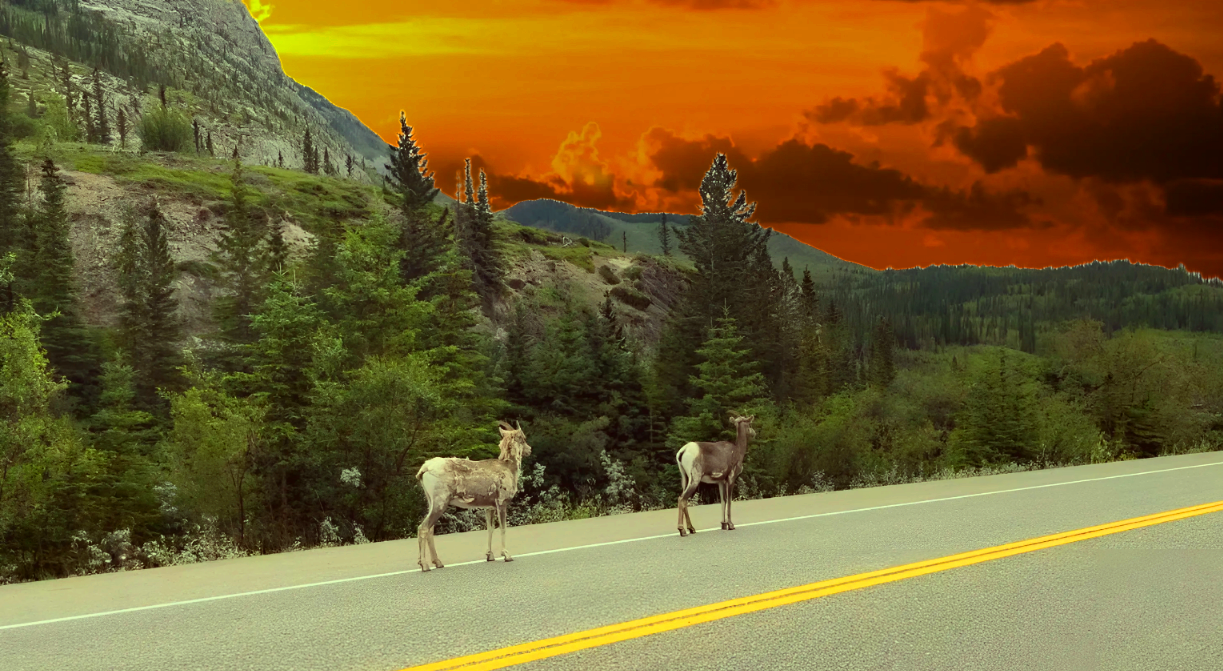Smoke from wildfires in Manitoba and Saskatchewan continues to affect large areas of Canada and the United States, even as air quality improves in parts of Eastern Canada.
Environment Canada has lifted special air quality alerts for Montreal and Toronto after urging residents to stay indoors during the weekend due to thick smoke.
The smoke, carried by winds from the Prairies, has drifted east into Ontario and Quebec and south into the American Midwest.
As of June 4, there have been 1,732 wildfires in Canada this year, slightly above the 10-year average, but the total area burned has exceeded 2.23 million hectares, more than three times the seasonal norm. .
The Lower Fishing Lake fire in Saskatchewan has grown to more than 407,000 hectares and remains uncontained. Evacuation orders have been issued for several areas, including Piprell Lake, East Trout Lake, and Whiteswan/Whelan Bay. The Bird River fire in Manitoba has reached 198,000 hectares and forced the evacuation of the community of Bissett and Nopiming Provincial Park.
Another wildfire west of La Ronge, Sask., is nearing 84,000 hectares and has prompted evacuations from Hall Lake, Sucker River, Air Ronge and surrounding areas.
Canada is now operating at National Preparedness Level 5, indicating full national resource commitment and the need for international assistance. Saskatchewan and Manitoba are both at the highest agency preparedness level, with Alberta and Ontario at Level 4. Quebec, New Brunswick, Nova Scotia and Yukon are currently at Level 1.
In response to the extreme fire danger, most provinces and territories have implemented fire bans and restrictions. Alberta, Manitoba and Saskatchewan have declared provincial states of emergency. Ontario has issued restricted fire zones in the northwest, suspending all burning permits. British Columbia has implemented open fire bans in multiple regions, including Kamloops and Prince George.
Nova Scotia allows burning only between 7 p.m. and 8 p.m., while New Brunswick permits burning between 8 p.m. and 8 a.m. in certain counties. Prince Edward Island has banned all outdoor burning. Parks Canada has closed multiple areas of Prince Albert National Park due to extreme wildfire risk.
In the Northwest Territories, open fires are prohibited across more than a dozen territorial parks. Newfoundland and Labrador have multiple municipal bans in place, while Yukon continues to require burn permits and enforces regional restrictions.
Weather conditions are offering only limited relief. A low-pressure system over southern Nunavut has brought light rain to northern Manitoba and the southeastern Northwest Territories. Additional systems are forecast to bring patchy rain and thunderstorms to parts of Alberta and Saskatchewan, with up to 20 millimetres of rain expected across a band stretching into Manitoba by June 8.
Southern British Columbia remains dry, with no significant rain expected over the next week. Fire danger in the region is expected to worsen before cooler temperatures arrive early in the week of June 9.

